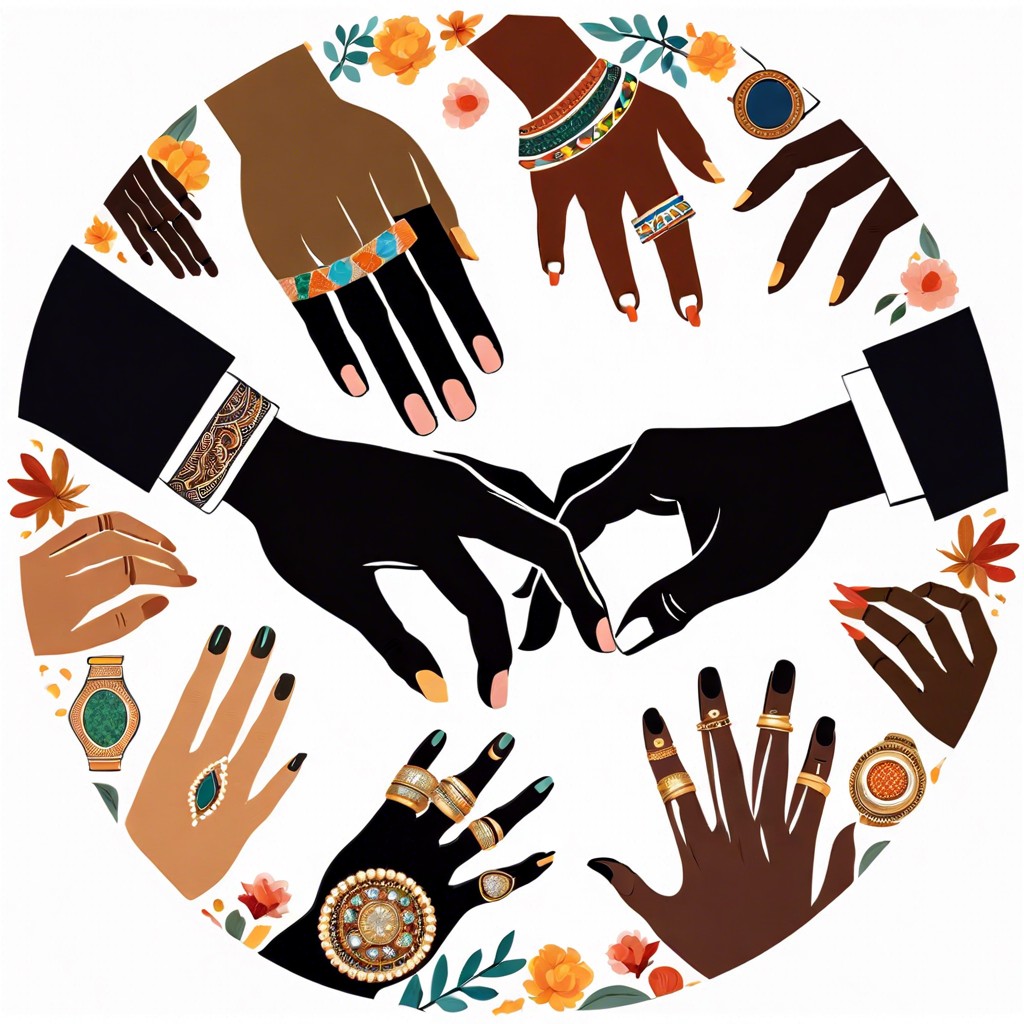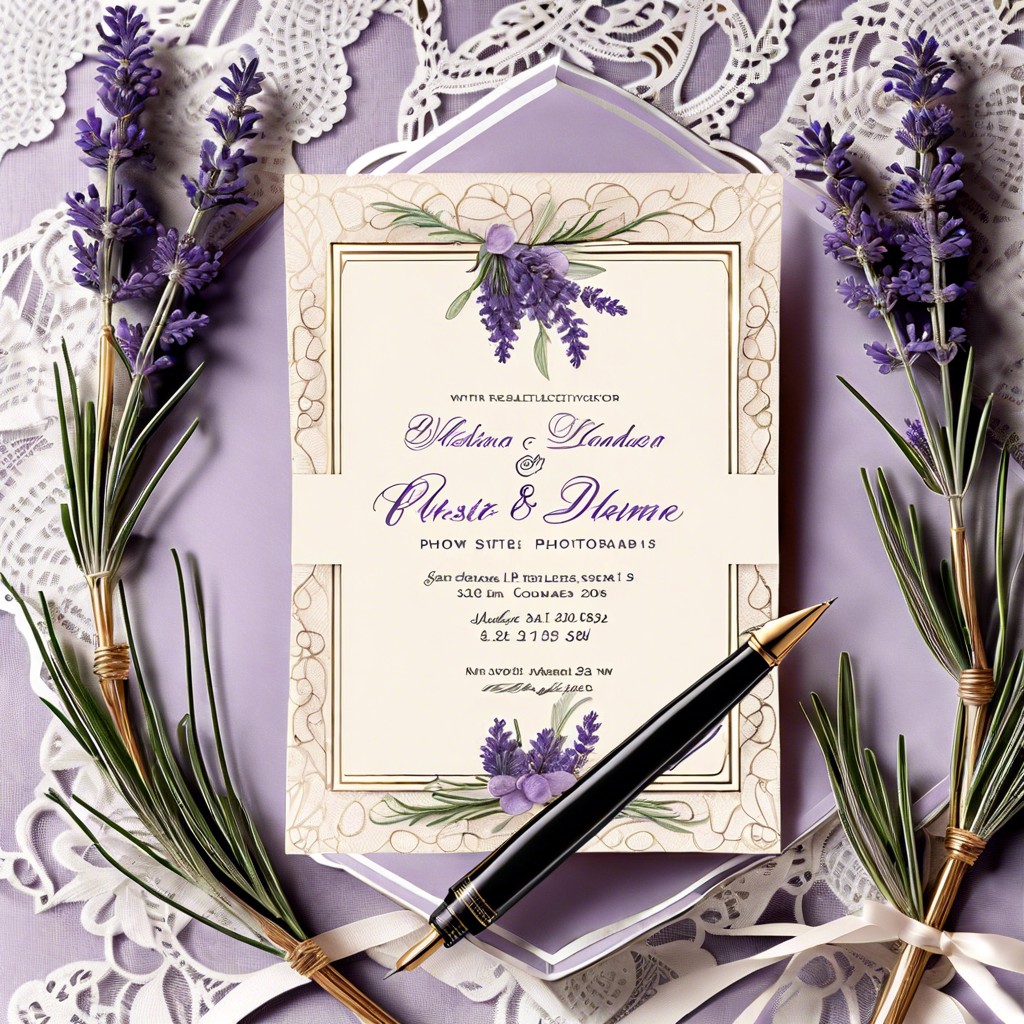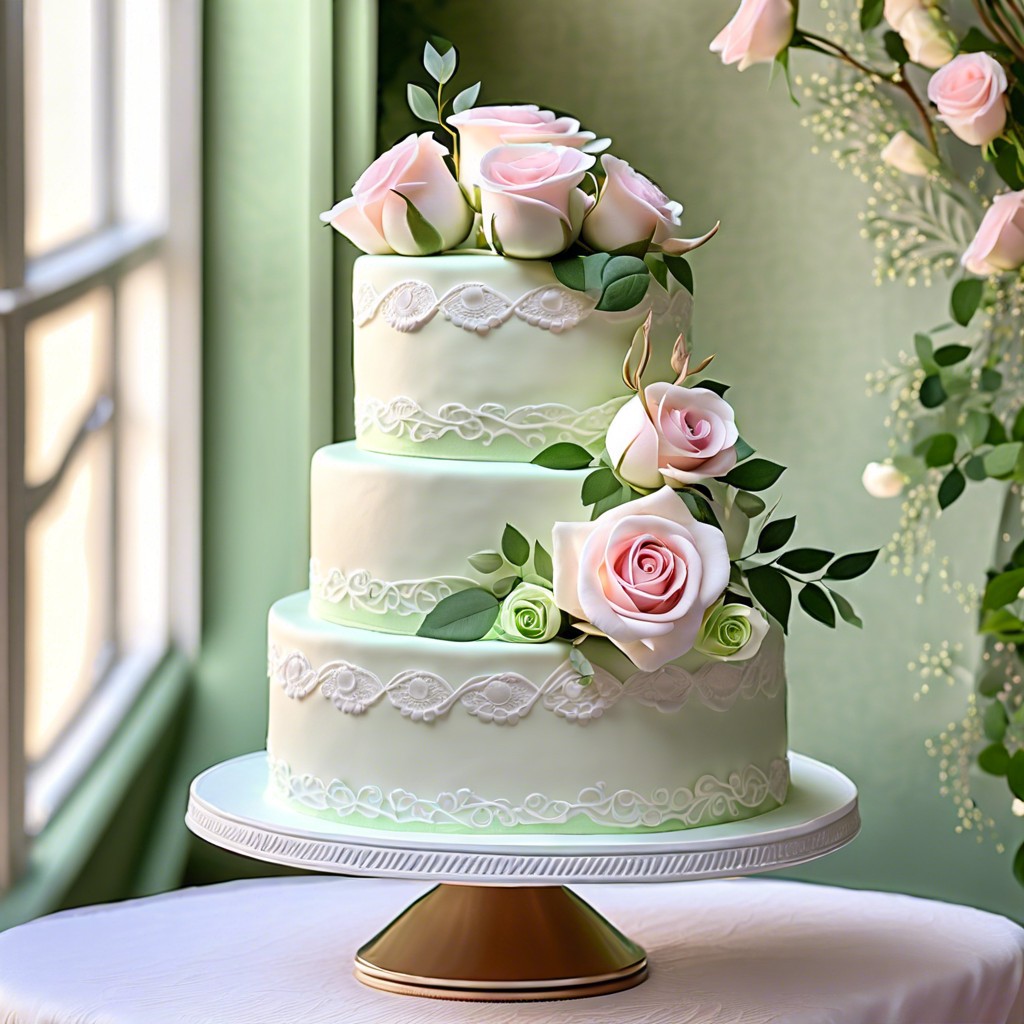Understanding wedding attire blunders is essential; this article outlines what guests should avoid wearing to ensure they respect the event’s dress code and etiquette.
Key takeaways:
- Don’t Wear White
- Avoid Matching the Wedding Party
- Respect the Dress Code
- Consider Cultural Traditions and Expectations
- Avoid Attire That Overshadows the Bride and Groom
Don’t Wear White

Opting for an ensemble that includes white, or shades that closely resemble it, such as ivory or champagne, is considered a major faux pas at weddings. This unwritten rule is steeped in tradition, reserving white attire exclusively for the bride as a symbol of her special day. Guests wearing white can be seen as competing for attention or, worse, as an attempt to upstage the bride.
When deciding what to wear, consider the multitude of other colors and patterns available. If you’re drawn to lighter hues, pastels make a great alternative, still embodying a soft touch without infringing on bridal territory. Floral prints or light color blocks with no white base are also suitable choices. Always remember, when the invitation lands in your hands, the spotlight should stay firmly on the happy couple.
Avoid Matching the Wedding Party
Standing out at a wedding by inadvertently matching the bridesmaids or groomsmen is an easy misstep. Often, the wedding party will have a coordinated look that’s been meticulously planned. Dressing in the same color or style can cause confusion and detract from the intended visual harmony of the ceremony.
To navigate this, inquiry about the wedding palette can be beneficial. If the details are not available, steer clear of colors that are traditionally associated with bridesmaids, such as pastels, or groomsmen, like black, navy, or charcoal suits.
Choosing unique patterns, textures, or a different shade altogether can further differentiate your attire. It is also helpful to avoid styles currently trending in wedding fashion, as these are more likely to be similar to chosen wedding party outfits.
By giving attention to these details, you contribute to the couple’s vision and ensure the spotlight remains rightly on the wedding party and, most importantly, the happy couple.
Respect the Dress Code
When an invitation includes a dress code, it’s a courteous guideline to ensure guests feel comfortable and events maintain a cohesive aesthetic. Let’s break it down:
– Black Tie: This is your cue for glamour. Men should opt for tuxedos, and women are best in formal gowns or upscale cocktail dresses.
– Cocktail Attire: A notch less formal than black tie. Women can select cocktail dresses or refined separates, while men can go for dark suits with a tie.
– Semi-formal or Dressy Casual: Offers a range of acceptability. Men can wear suits or dress pants with a blazer, and women can choose between a dressy skirt, cocktail dress, or dressy pants outfit.
– Beach or Garden Party: Lighter fabrics and more casual styles are appropriate here. Men can choose lighter suits or dress slacks with a button-down shirt; women can wear a summery dress or a skirt/top combination.
– Themed Weddings: If there’s a specific theme, adhere to it within reasonable bounds to contribute to the event’s atmosphere.
Remember, if in doubt, it’s perfectly acceptable to ask the couple for clarification. They’ll appreciate your effort to honor their wishes.
Consider Cultural Traditions and Expectations
When attending a wedding, being aware of and honoring cultural traditions is vital. Weddings often serve as a bridge between the couple’s personal preferences and their cultural or religious backgrounds. Some cultures have specific attire that is considered traditional, respectful, or appropriate for guests.
For instance, if you’re going to a traditional Indian wedding, bright colors and ornate patterns are embraced, while in some East Asian ceremonies, white may symbolize mourning and should thus be avoided. In contrast, Western European-influenced weddings might expect more conservative dress, with modest necklines and lengths.
Always research or ask the couple if there’s a particular dress code tied to their heritage that you should be aware of. They may have a themed dress code, like black-tie or garden attire, that honors their traditions. Acknowledge the significance of adhering to these customs, as it shows respect for the couple’s heritage and contributes to the celebratory spirit of their wedding.
Avoid Attire That Overshadows the Bride and Groom
When selecting your outfit, keep in mind that the wedding day is a celebration of the bride and groom. Your attire should be tasteful and appropriate, ensuring you do not draw attention away from the couple. Steer clear of overly flashy or extravagant dresses and suits. Sequins, glitter, and loud patterns may be too distracting for this occasion. Also, consider avoiding garments that are overly revealing or controversial in design, as they might disrupt the wedding atmosphere.
Opt for elegance and subtlety in your choice of clothing. If you’re uncertain about your outfit, err on the side of understatement. A simple yet sophisticated look often aligns well with the celebratory but respectful nature of a wedding. Remember, the aim is to appreciate the event rather than turning heads for the wrong reasons.



